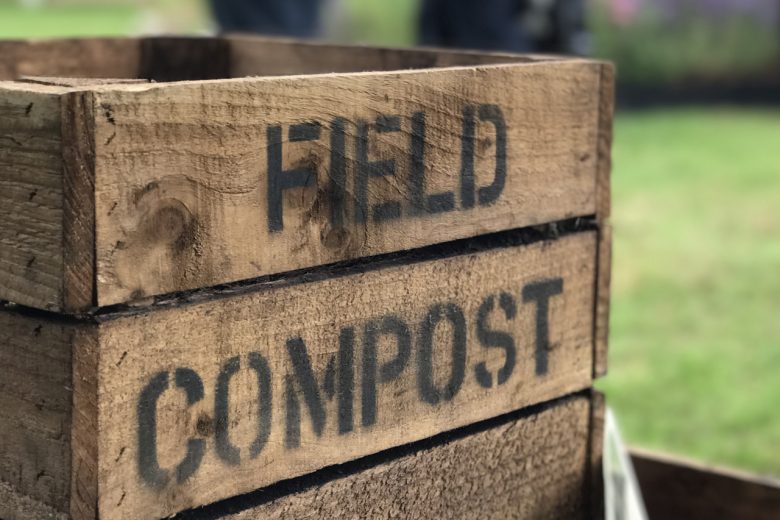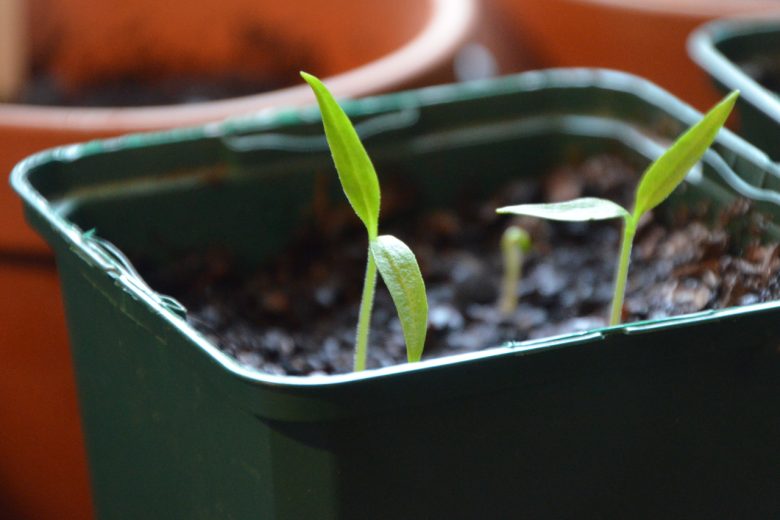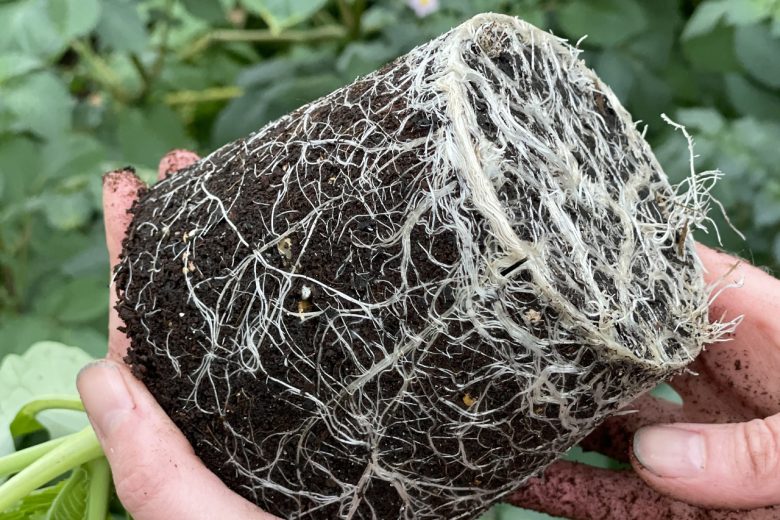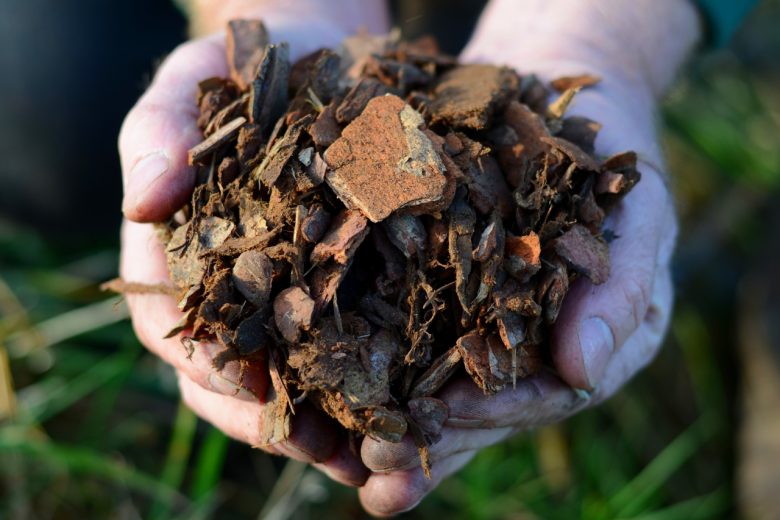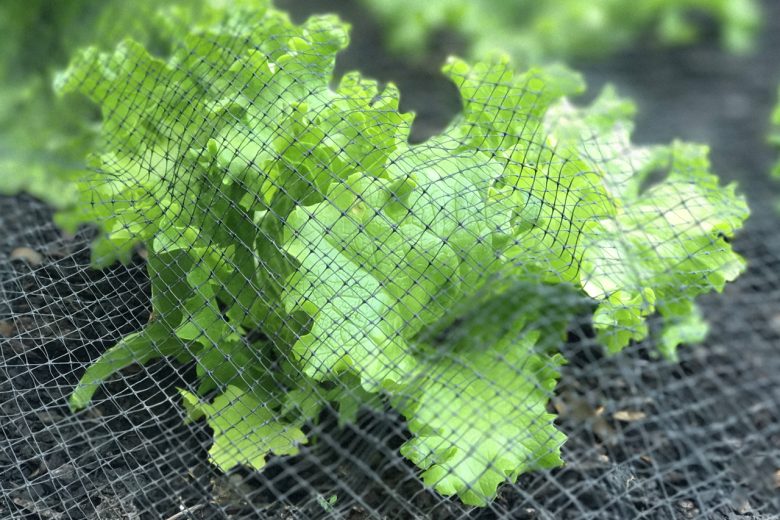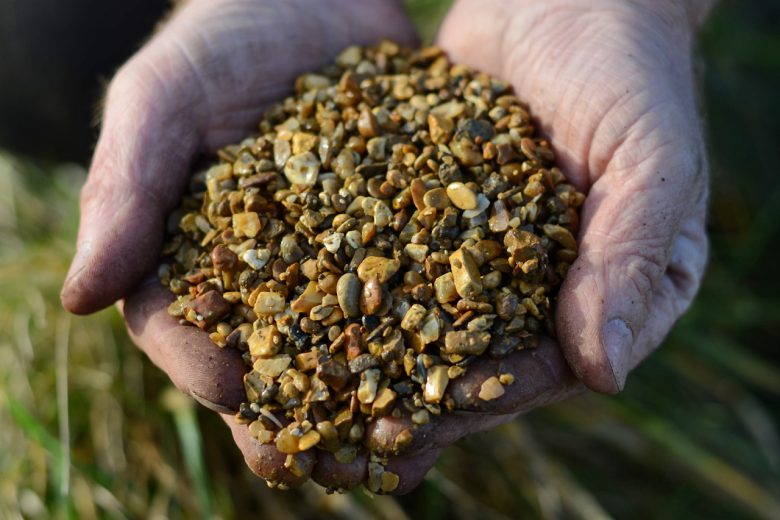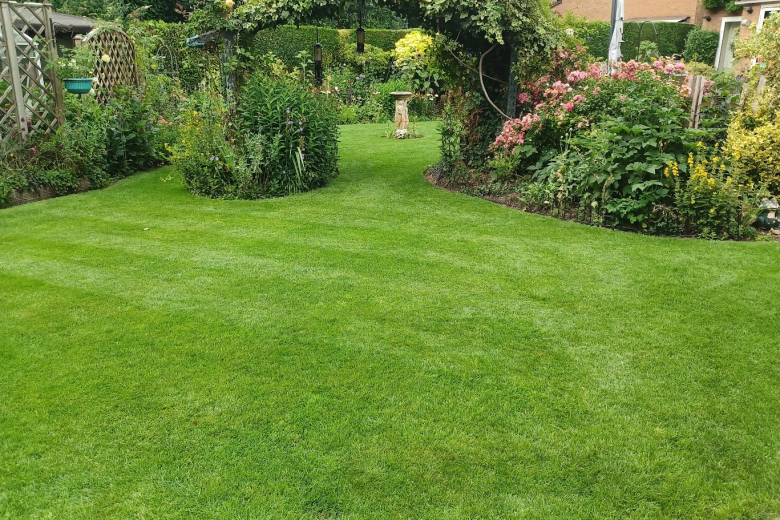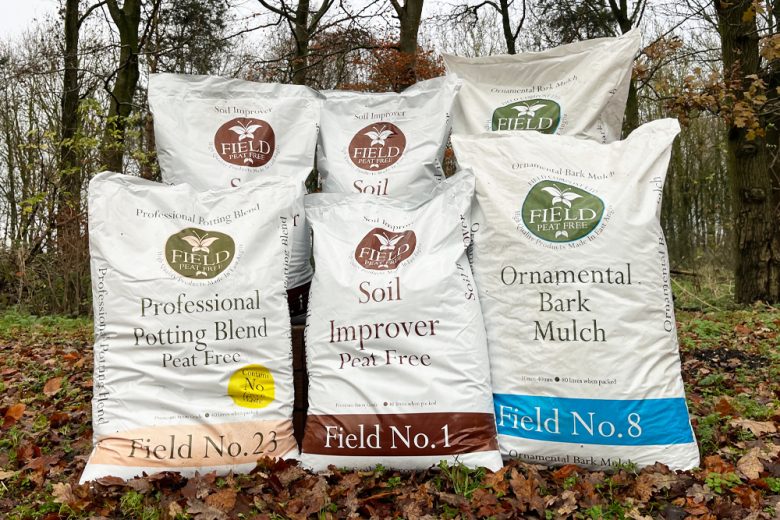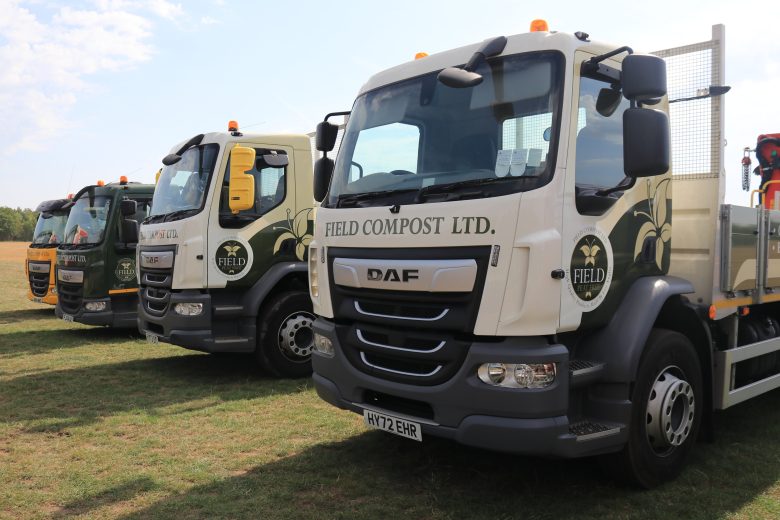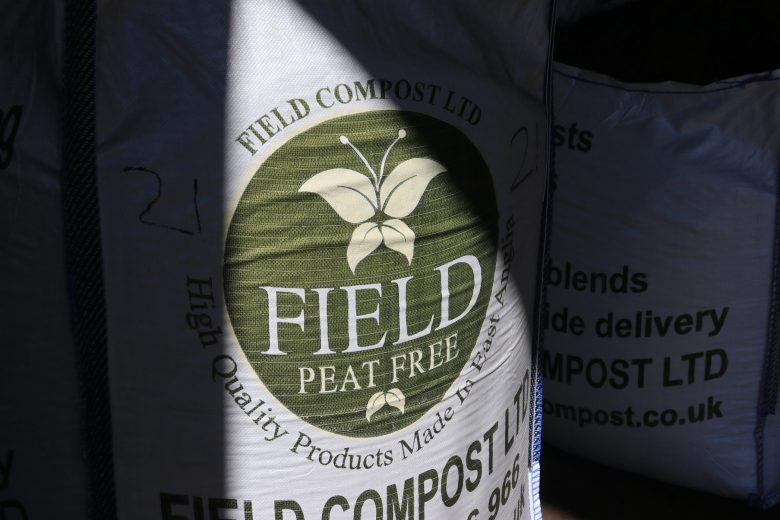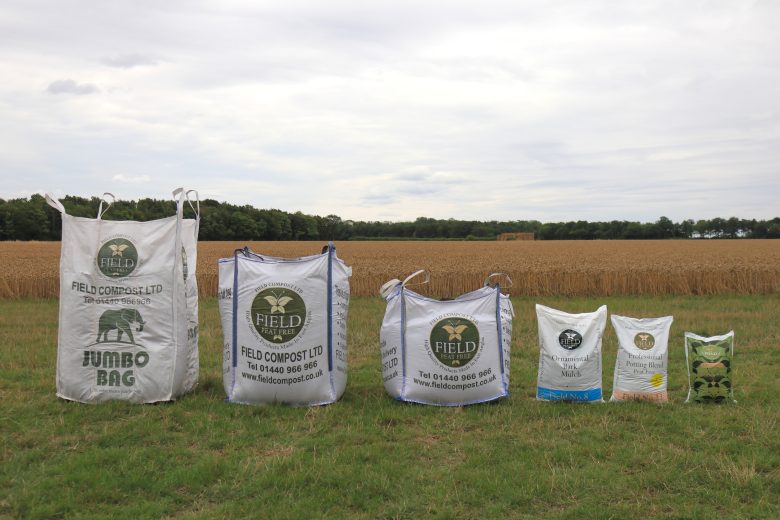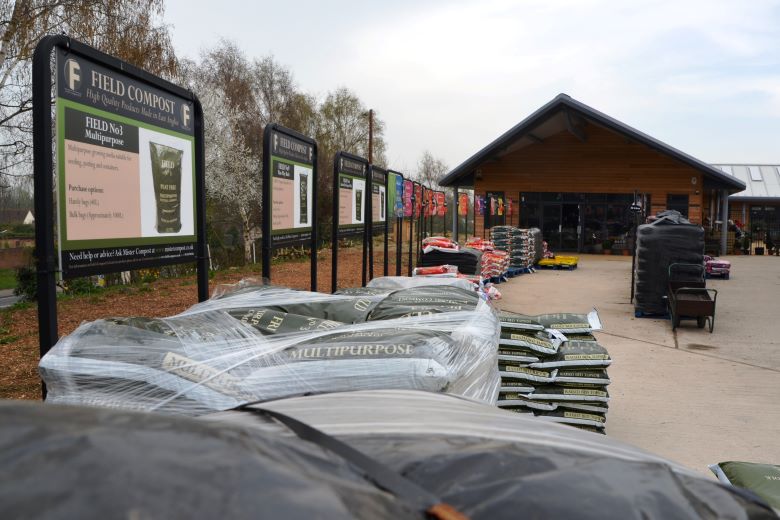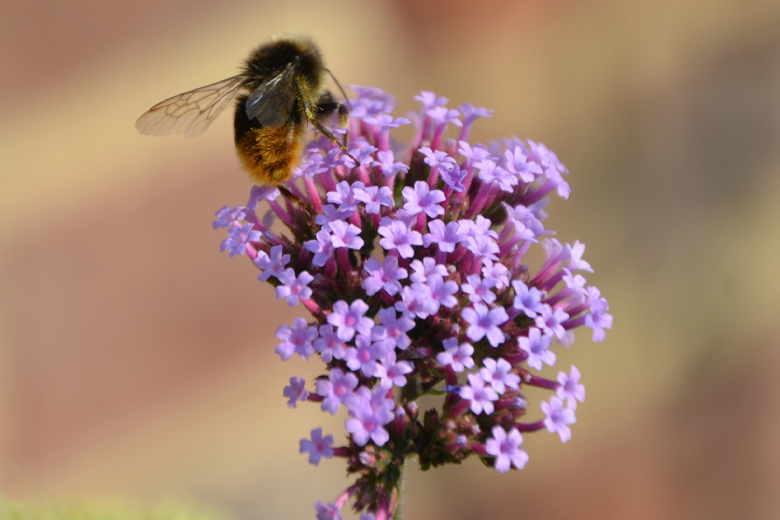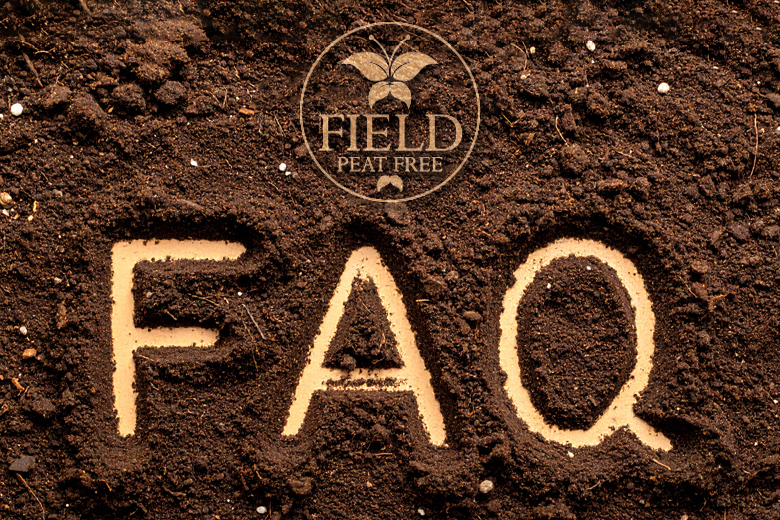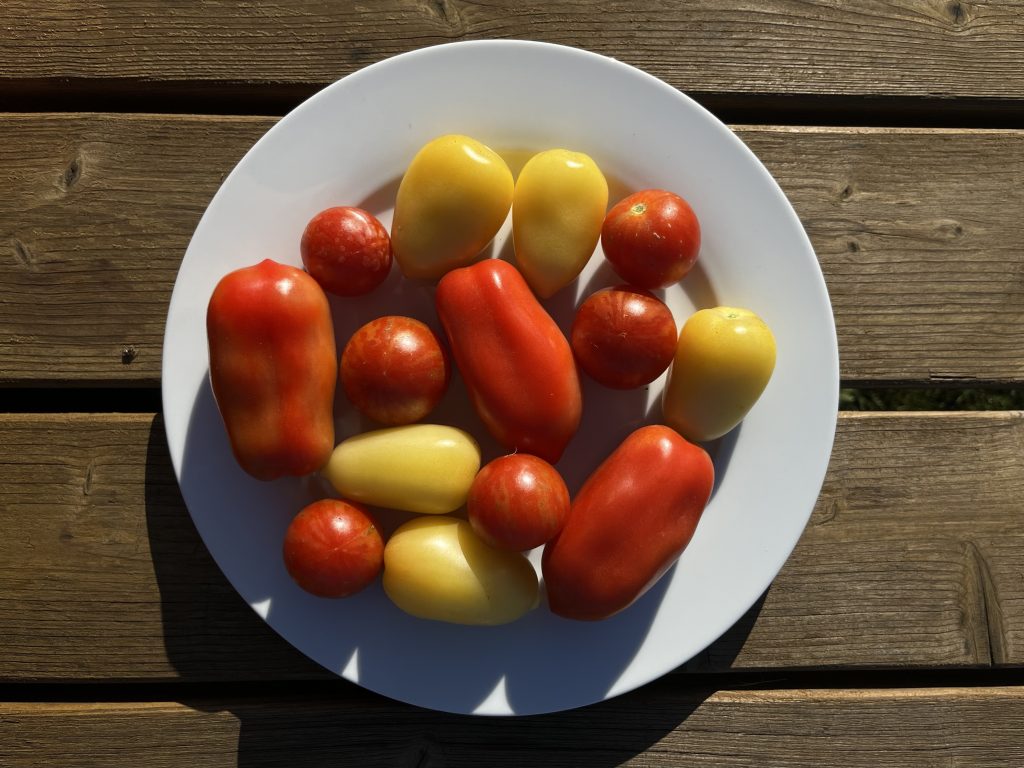Hello October! We hope you had a good September and are adjusting to the drop in temperature haha. Our September was busy, with many of our customers getting ready to renovate their lawns this autumn, as well as mulch their beds and borders. We also had lots of veg to harvest, especially carrots, chillies and tomatoes! The biggest thing that happened last month was of course the new website – we have a blog post if you need a tour and want to learn about the new features.
We have been working on the new site since about this time last year; we started with choosing which aspects from the old website and its software that we wanted to keep and what we wanted to change – and there was lot we wanted to change haha. Our social media/website manager Ellie lead the project and worked with Blackpig to choose the best design and layout for our shop. We hope everyone likes our new site!
